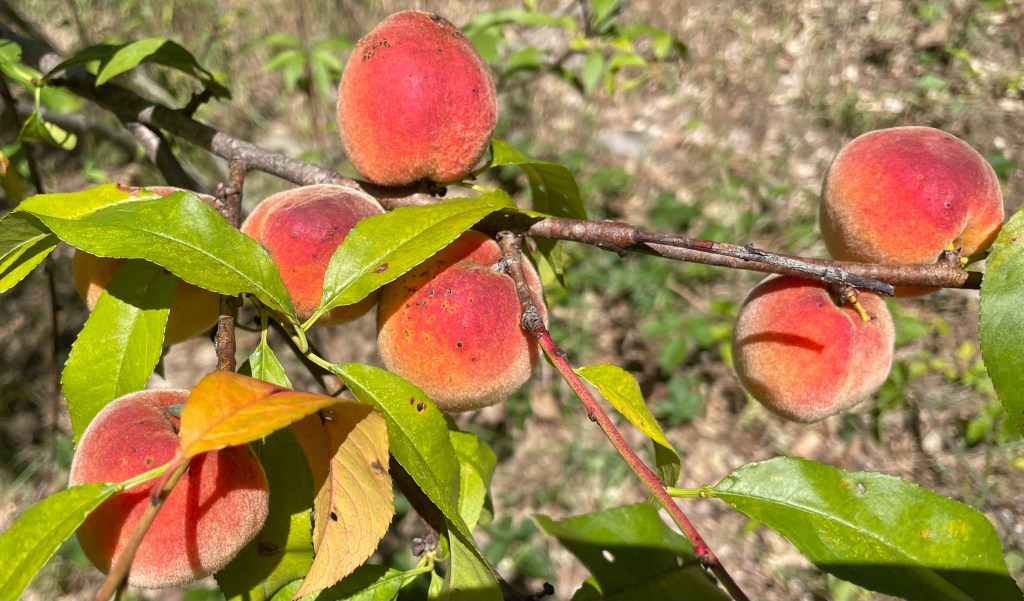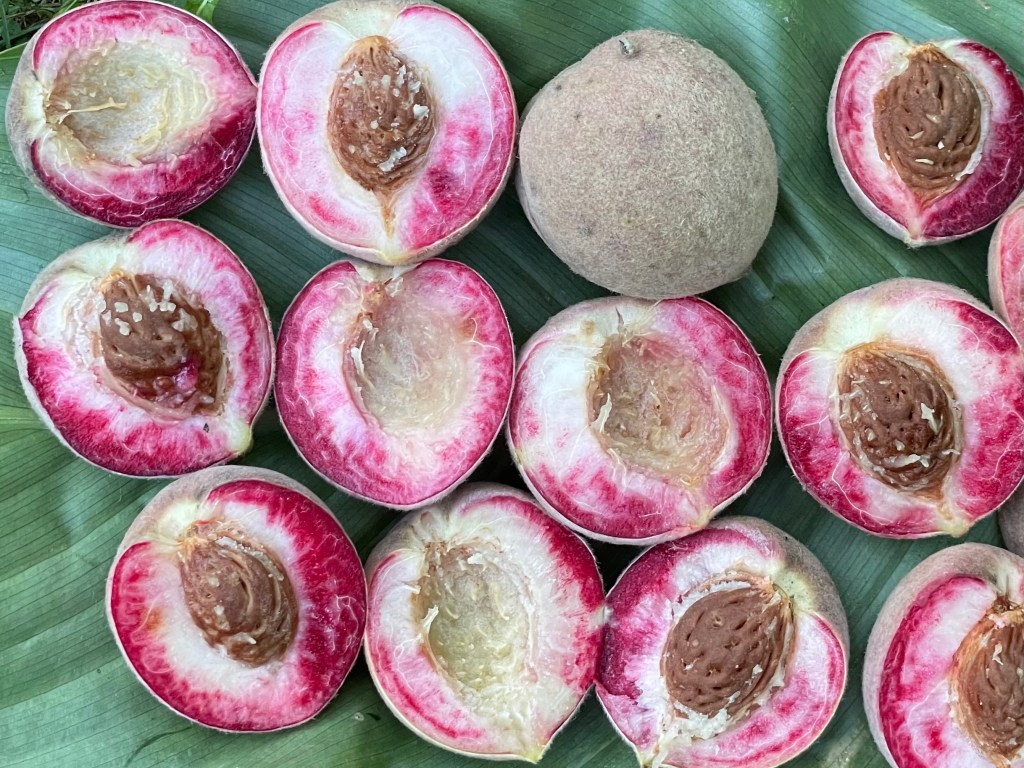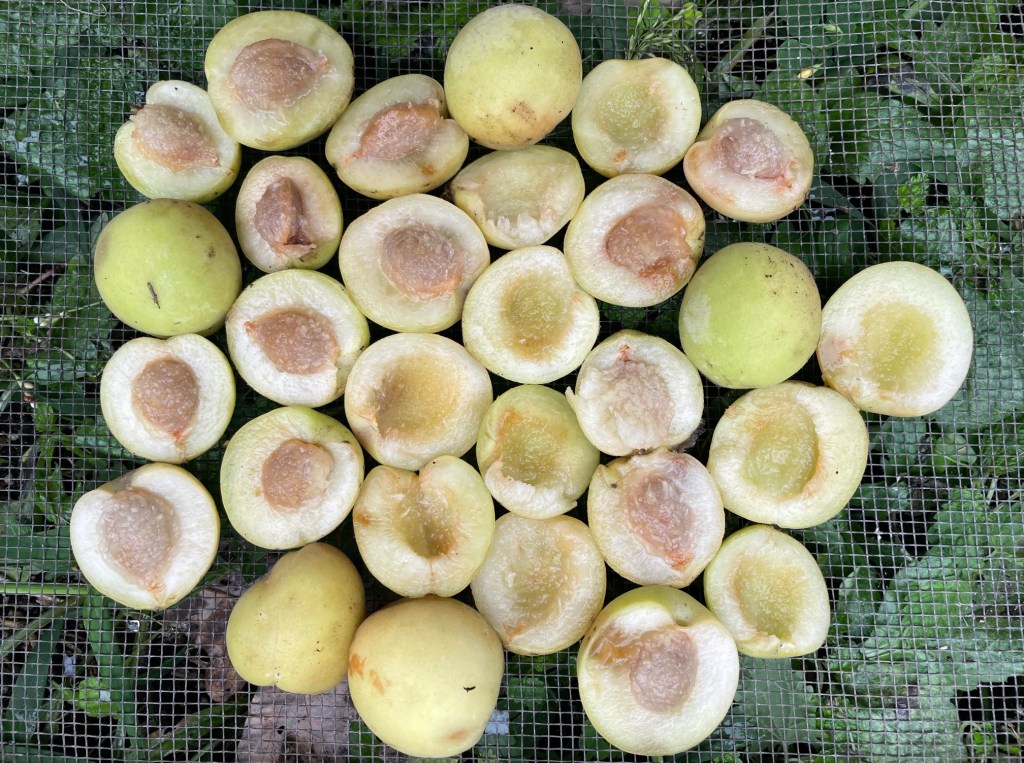There is something very satisfying growing a tree from seed. Every now and then I will save the pits of plums and peaches from the store and squeak out a few plants. Since all of the fruit comes from California and is patented, to do so is illegal is some way. I am not sure how illegal is illegal. Was it a 70 in a 55 zone or worst? For many years, I told no one. I was afraid of the pit police aka patent owners. Winter in Michigan was a great equalizer and plants did not survive making my experiment short lived and where my crime spree ended. It was this peaches from pits scenario that kept me looking for peaches that were used in some way from seedlings and were not named varieties. That is not as common as you would think. That was the inspiration. Over twenty years several kinds arrived at my doorstep and I began producing them for sale and for my own plantings. Some had names already, others were species and a few were colonies of sorts with great winter hardiness found in someone’s back yard.

At the time of doing all these grow outs of various commercial fruits, the peach was an elusive being. To ask for seed from China was also illegal. To import it became a quantum entanglement of immense proportion to the point I secretly labeled them in the greenhouses as peach one,two,etc. and made a paper only list just in case. In my mind, I thought I was doing 95 in a 55 zone. Looking back, it was not that. It was just that commercial fruit farming was dictating what is good and what is bad to the point it began influencing my thinking which in turn created fear. As it turns out, peaches from pits are used for rootstocks, ornamental peaches and of course for breeding better peaches. Peaches from pits do not carry virus or any disease or insects. Its the perfect package for creating a new peach seedling free of any health issues. People use the peach like the wild apple in a way that is more personal and a connection to their culture. This is true in Latvia, Germany, Iowa, Navaho and in its homeland of China. These small satellite peaches revolve around people who love the peach and do something few do. They save the pits. Look what they found!



You must be logged in to post a comment.